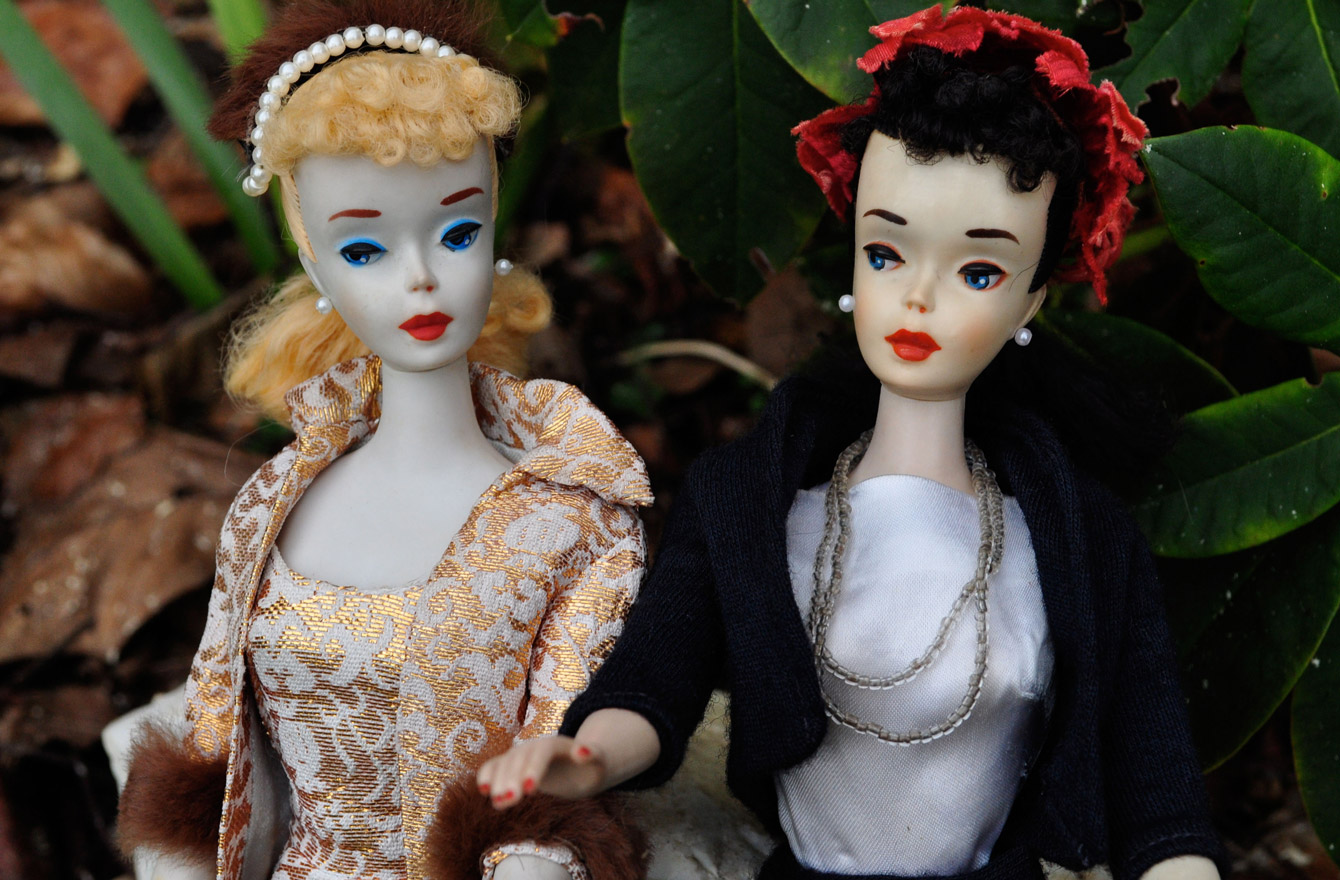Boland hits hard on the topic of
women being passive voices in history. Her descriptions of the dolls hit hard
with how many women probably felt during these times. One such example is, “The
wounds are terrible. The paint is old. The cracks along the lips and on the
cheeks cannot be fixed.” There are many metaphors in this, such as how lips
being damaged or cracked typically mean forced silence. This represents how
women’s perspective in history is a rare thing. According to Chiponda &
Wassermann, “Apart from the differences in historical roles, the literature
reviewed revealed that the representation of women and men in history textbooks
is not nearly numerically equal, with women not represented as often as men in
either text and illustrations.” Finding any writing from Greek women is almost
impossible, except for Sappho. Another great example is, “The eyes are wide.
They cannot address the helplessness which has lingered in the airless peace of
each glass case: to have survived. To have been stronger than a moment. To be
the hostages ignorance takes from time and ornament from destiny.” This hit me
hard because, no matter what hardship women faced, they are still there, but
are unable to tell the story of their lives. People come by to look at them
only to value them on appearances, not knowing the damage they saw and
survived! It has not been until recent times that women have been able to have
their voices heard, but even that is a huge understatement. Regardless of our
political beliefs right now, men are still making choices for women that women
should be making. This all goes back to the idea that women’s voice, and the
voice of minorities are silenced. Even the word minority brings on the idea
that it’s the smaller voice, though that is far from the truth. Women both
today and back then have been and are being silenced and expected to be
perfect, which can be shown through the metaphor Boland uses, “Here they are.
Cradled and cleaned, held close in the arms of their owners. Their cold hands
clasped by warm hands, their faces memorized like perfect manners.” This goes
back to the idea that women were basically a second rated human back then, they
were owned and expected to be perfect. Part of being the perfect wife or woman
was staying passive and silent, meaning their survival and their views of
history were often silenced, especially their own part in helping bring the
world to a better future. According to bibliographyonline, “ Elizabeth Cady
Stanton was an American social activist and leading figure in the early women’s
rights movement. She was a key figure in helping create the early women’s
suffrage movements in the US. She was the principle author of Declaration of
Sentiments in 1848.” It’s sad because she was not someone I learned about in
class or in any history book ever, she helped change the world and yet we learn
nothing about her in history classes. This shows that women are often silenced
in history, even in the modern age.

Work Cited
Chiponda, Annie, & Wassermann, Johan. “Women in
History Textbooks: What Message Does
This Send to the Youth?” Yesterday and Today, The South African Society for History Teaching (SASHT), www.scielo.org.za/scielo.php?script=sci_arttext&pid=S2223-03862011000100006.
“Women Who Changed the World | .” Biography Online,
www.biographyonline.net/people/women-who-changed-world.html.
Interesting comment. I really appreciate your style of explaining things.
ReplyDelete